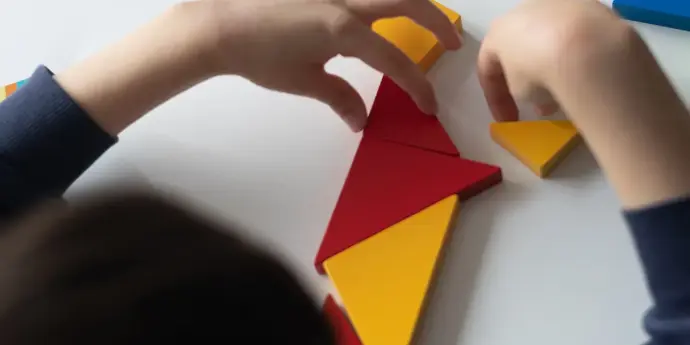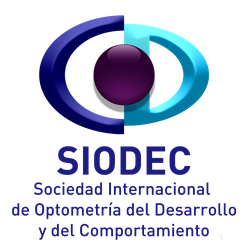
Blanca Olmedo
SCSIODERV
I grew up in Pontevedra, and that's exactly where I started working right after finishing my degree.
In the optometry field where I started, I was fortunate to get to know a bit more closely what visual therapy was, and I ended up convincing myself that I wanted to continue my education and specialize.
The COI master's program gave me that opportunity and, in addition to meeting people who are now family, I was able to clearly see my profession and what I wanted to dedicate my life and work to.
After a couple of years working in Madrid, as a good Galician, I returned home, and that was thanks to the opportunity that Antía gave me.
Now I work in my hometown with an unbeatable team, learning more every day about how to help diagnose and solve visual problems, loving the work I do and enjoying giving and receiving training whenever I can.

